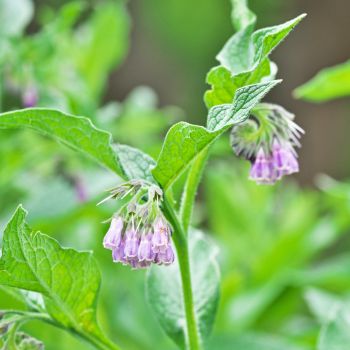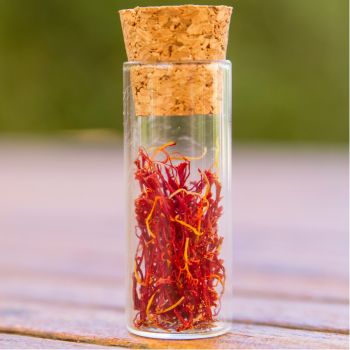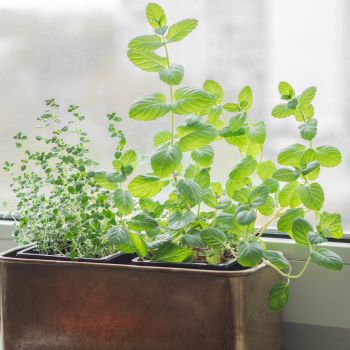Growing your own herbs provides a happy meeting between two great pastimes of gardening and cooking. Starting a herb garden opens up a huge range of flavours beyond those you'll find on the supermarket shelves, and the culinary benefits of having a constant supply of ultra-fresh herbs to hand can't be beaten.
Herb plants come in two main types. Annual and biennial herbs such as basil, parsley, and coriander are grown over a single season, dying back as the days shorten and the temperatures drop. Perennial herb plants, on the other hand, live for two years or longer, either as evergreens or as plants that have a dormant period over winter before springing back to life in spring.
Both types are well worth growing, but it's perhaps perennials which offer the most satisfaction to the cook who likes to get their hands dirty. Here's why.
Easy to Grow
As anyone who's tried growing coriander will know, annual herbs can be remarkably delicate and temperamental. If the conditions aren't quite right, the plants can either stay weak and spindly, or bolt to seed the minute your back is turned.
Not so with perennials. The vast majority of the longer-lived herbs are extremely tolerant, and will take summer droughts and mild winter frosts in their stride - indeed, tougher conditions tend to improve the flavour.
They're happy to make the best of unpromising soil conditions so long as they're reasonably well drained, and their often-woody stems and tougher leaves in comparison to annuals present a far less tempting target for slugs, snails, and other pests.
Highly Productive
An established plant will keep on providing all through the season, and will return year after year. Indeed, most perennials need to be discouraged from growing too large over the years, such is their productiveness.
A Delight in the Garden
Lastly, perennial herbs make a great aesthetic addition to a garden. Their variety of shapes, sizes, and colours add structure and interest among more strictly decorative plants, and while their flowers may not be spectacular, they're an excellent way of attracting bees and other pollinating insects to your garden. Also, the smell of naturally released essential oils on a hot day or warm evening is a pleasure in itself.
So, if you're now convinced you should start a perennial herb garden, which varieties should you grow? There are countless types to choose from, but here are seven herbs that will make a solid starting point.
1) Rosemary
Rosemary is one of the most popular perennial herbs for the keen cook, thanks to its versatility and intense aroma. It's a perfect match for most meat dishes, particularly lamb and chicken, while its deeply fragrant flavour adds depth to sauces, stews, and bakes of all kinds. It has a particular affinity with garlic, a combination that shows up frequently in Italian cuisine.
Among perennial herbs, rosemary is one of the more tender and difficult to grow. It is prone to mildew if over-watered or grown in too airless a spot, and as an evergreen it's not as hardy as those perennials which die back for a winter break.
Although most varieties can survive a medium frost, rosemary will appreciate some protection during prolonged cold snaps or severe frost. Because of this, it's often grown in pots in alpine areas which can be taken indoors or easily wrapped in horticultural fleece. Grown in the open soil in a suitable climate, rosemary will develop into a dense shrub a meter or more in height, providing all the aromatic leaves and stems you could need.
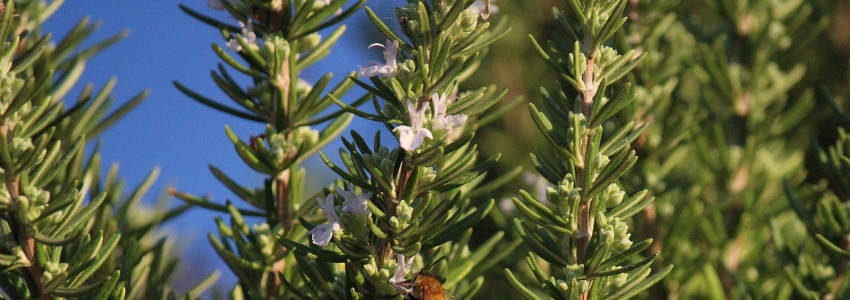
2) Oregano
Oregano is an essential for many Mediterranean cuisines, particularly Italian and Greek, after which the two main varieties are named. Both Italian and Greek oregano will grow into circular clumps up to 60cm high, with long, woody stems laden with small, intensely flavoured leaves. The plants will tend to sprawl across their patch, setting down new roots as they go, but regular pruning will help keep them in check. It's also useful to divide the clumps every couple of years to prevent the center of the plant becoming too bare and woody.
Oregano is excellent with cooked or raw tomatoes, adding a warm, slightly minty flavour when used fresh. However, unlike most herbs, the flavour improves markedly when the leaves are dried. Of the two main varieties, Italian is the slightly milder and fresher, while Greek tends towards a stronger and more earthy flavour.
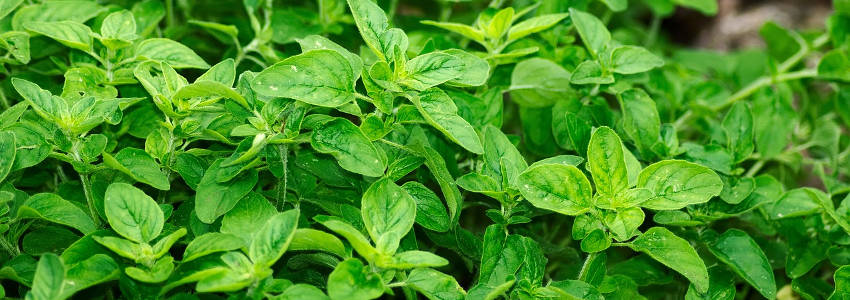
3) Mint
The two most popular members of the mint family are spearmint and peppermint, both of which can add their distinctive flavour to herbal teas, vibrant sauces, and refreshing desserts. If grown on open ground, the plants will reach a height of approximately 50-60cm and provide luxurious amounts of leaves to harvest.
However, planting in open ground isn't a decision to be taken lightly. Mints of all kinds are vigorously invasive and will soon take over any bed they're planted in, enthusiastically crowding out all other plants. Once established, mint is extremely difficult to remove.
Instead, mint is best grown in a container, either free-standing or set partially into the soil to form a root barrier. Cramping mint's style in this way will lead to smaller plants with less foliage, but they will be far easier to control.
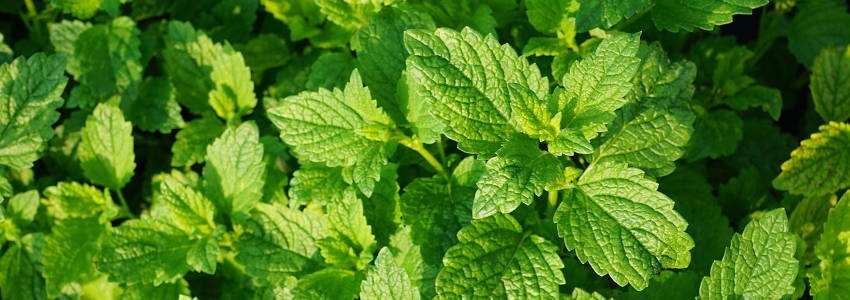
4) Thyme
Thyme is a mainstay of a traditional herb garden, providing masses of small but highly aromatic leaves in a compact plant that's happy to grow in most conditions. As a culinary herb, thyme is most at home in deeply savoury dishes such as stews, but it's also great for adding depth to poultry marinades, and is a suprisingly good match for firm-fleshed fish.
Thyme prefers a sunny location with good drainage, and will be extremely happy basking in the reflected heat of a rockery or at the base of a sunny stone wall, where it will form clumps around 30cm high. Trim regularly to encourage bushy growth, and any cuttings you don't need immediately can be dried for use in the winter kitchen.
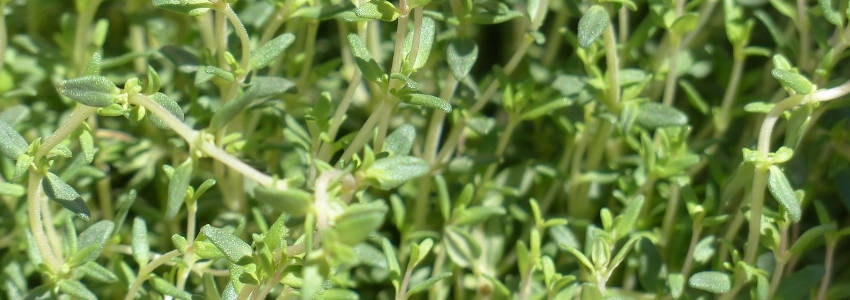
5) Sage
Sage is an exceptionally tough and hardy herb whose most common uses are as a partner to chicken or a flavouring for sausages, but it also marries well with the sweetness of offal or pumpkin.
Sage also has several medicinal uses, being an aid to digestion, a soother of sore throats, and a topical treatment for insect bites and minor stings.
The plant forms a small shrub with thick, leathery leaves, and benefits from severe pruning in the autumn to keep it from turning woody.
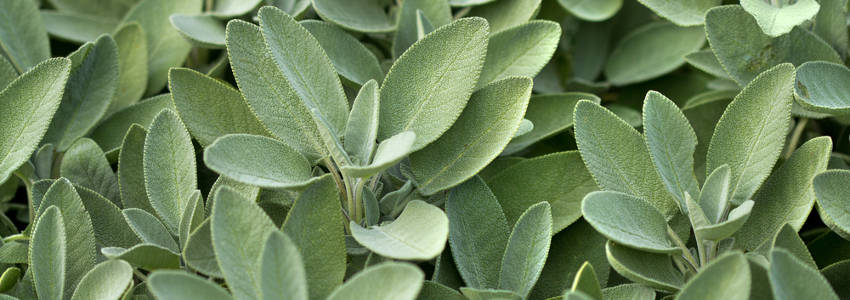
6) Chives
Chives are perhaps the ultimate 'cut and come again' perennial herb, returning year after year, and they're often the first plant in the garden to signal the arrival of spring. Started from seed, chives will form clumps of roots and grass-like stems which should be divided every three years or so to stop overcrowding.
Chives will happily grow throughout the season, seeming to spring back no matter how hard you cut them, but if left to their own devices they'll form attractive pink, purple, or white flowers which can also be used in the kitchen.
Although chives are most often seen as a garnish or a sprinkled green seasoning, as members of the allium family they're just as good added to a base for soups or sauces, lending a mild but fresh onion flavour.
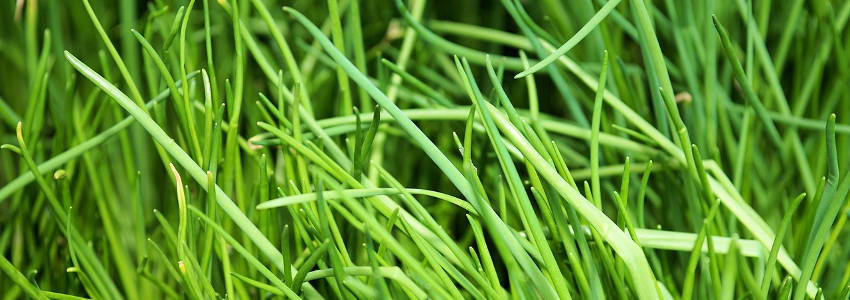
7) Lemon Balm
Lemon balm is a relative of mint and shares the same invasive habits, so unless you're a real fan of the herb, it's best to keep it confined. However, even in a medium container it will grow profusely, providing plenty of large, dark green leaves, along with tiny white flowers which may not look much to humans but seem to be immensely attractive to bees.
Although lemon balm is rarely used in cooking, it can add a refreshing lemon flavour to light soups as well as giving a subtle tang to seafood dishes. Nonetheless, this is a useful herb to grow in any garden, as it makes an excellent herbal tea which has a calming effect on both body and mind.
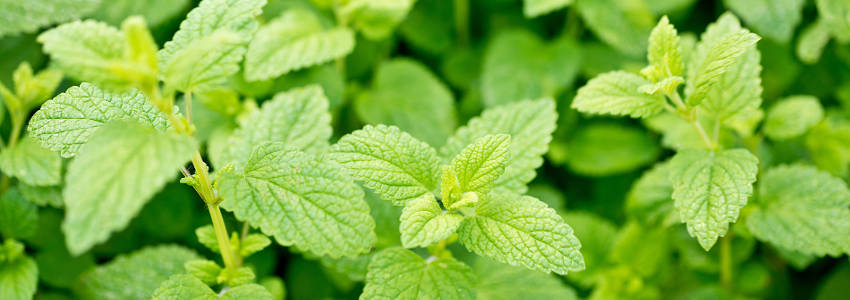
If you love both gardening and food, then starting a herb garden is an obvious choice. While annual herbs from basil to dill may provide quick and tasty gratification, your perennial herb patch will provide delicious, low-maintenance pickings for years to come.



